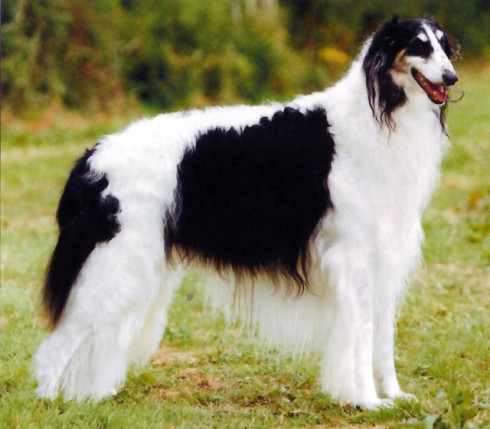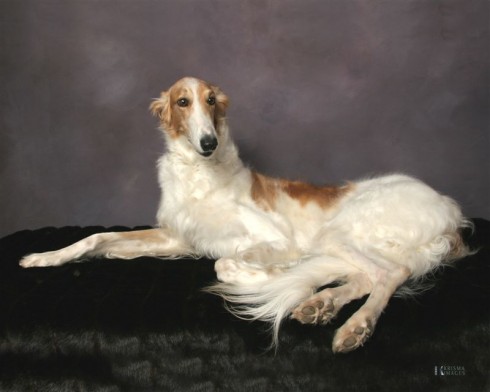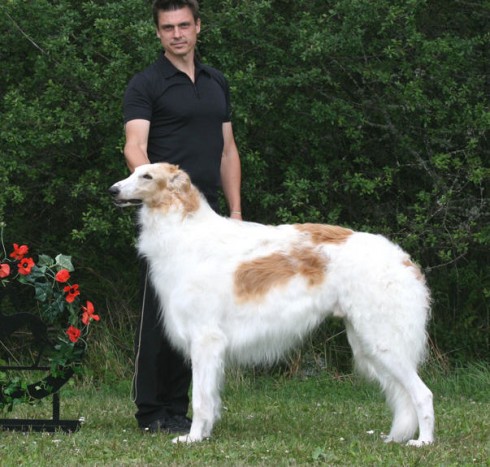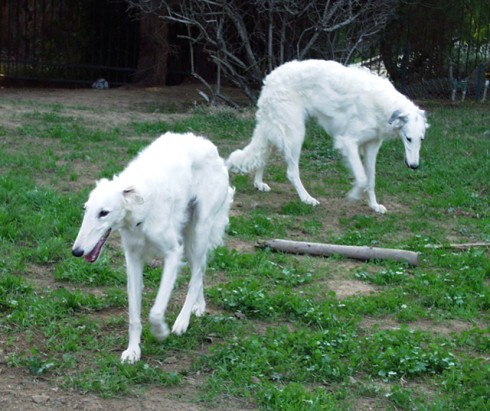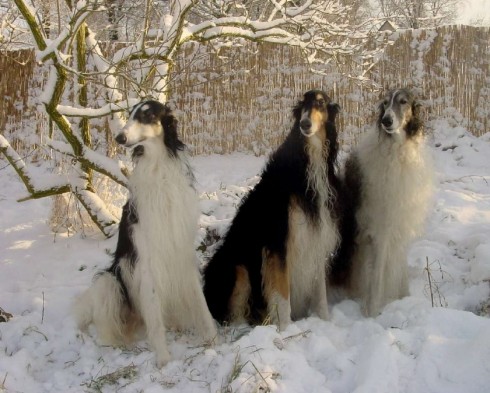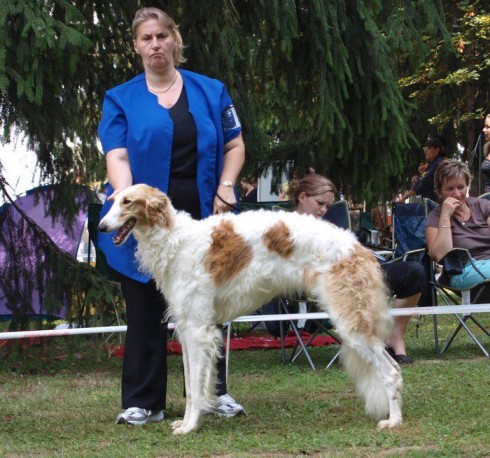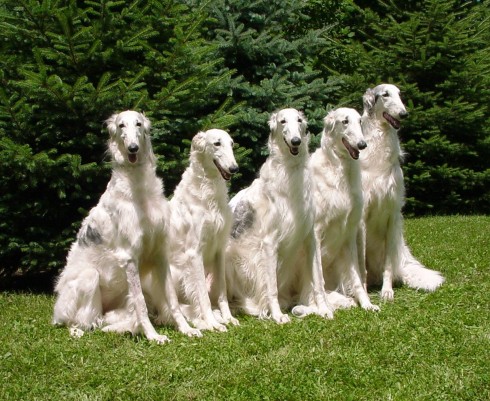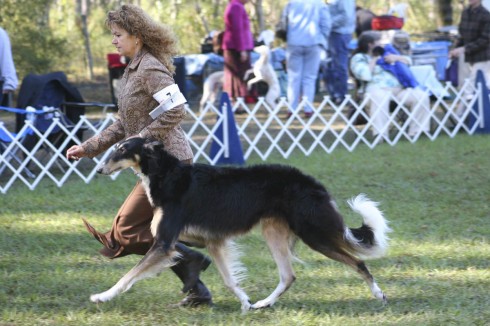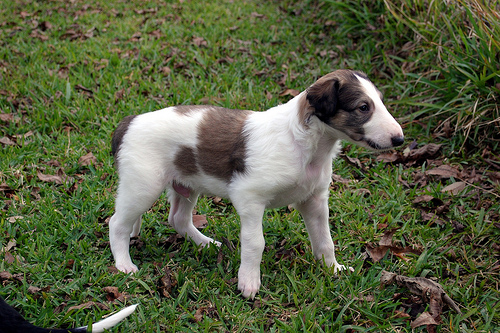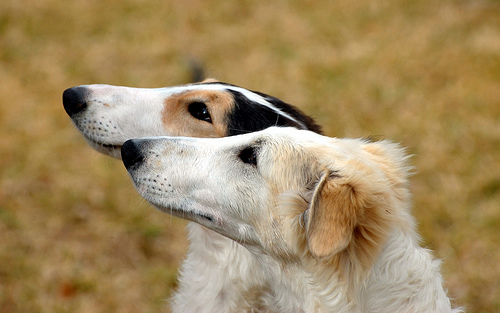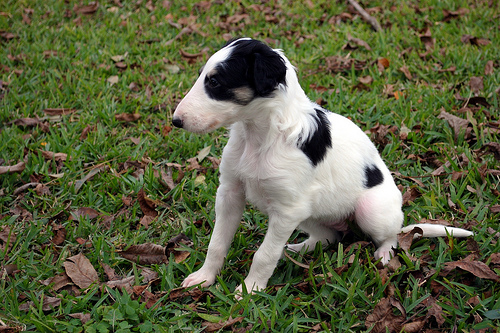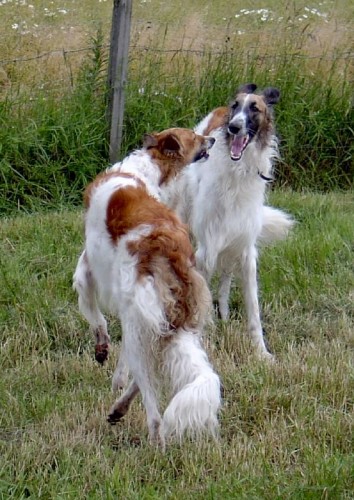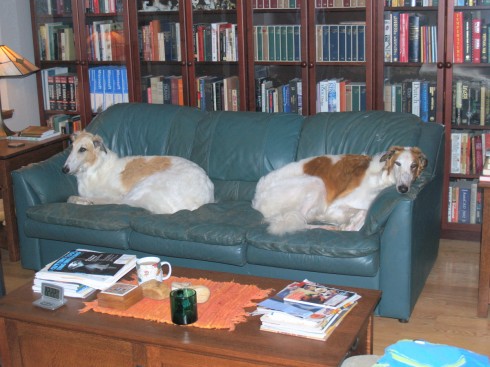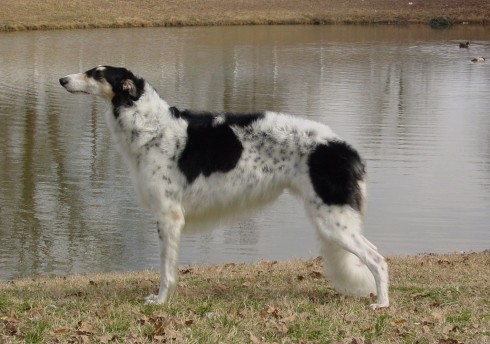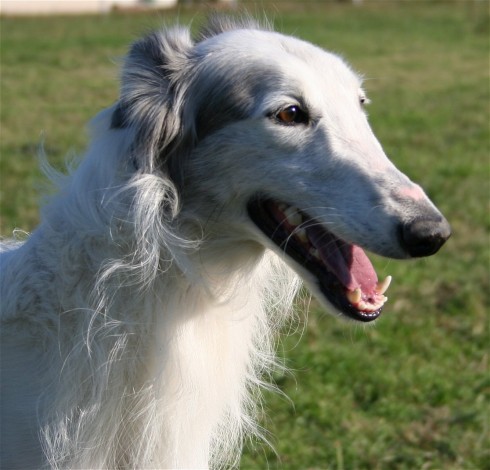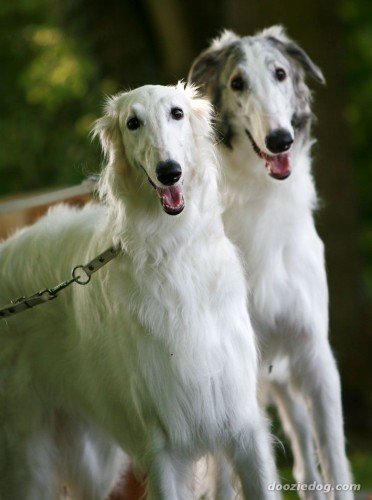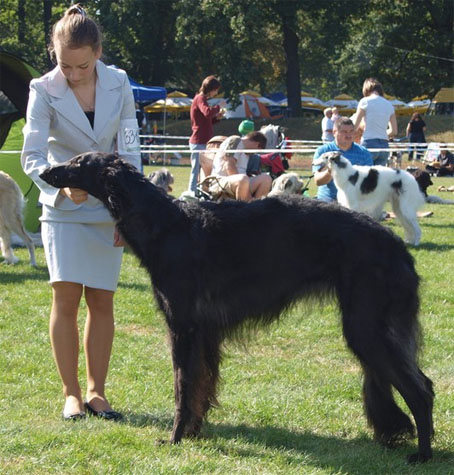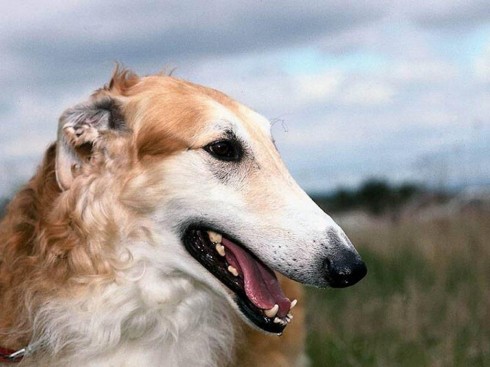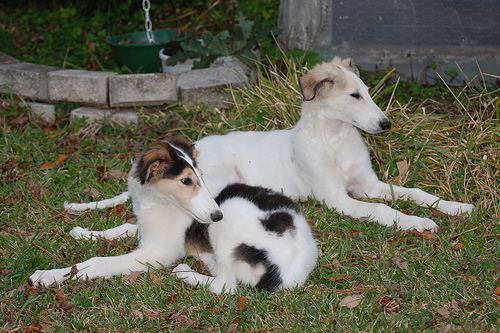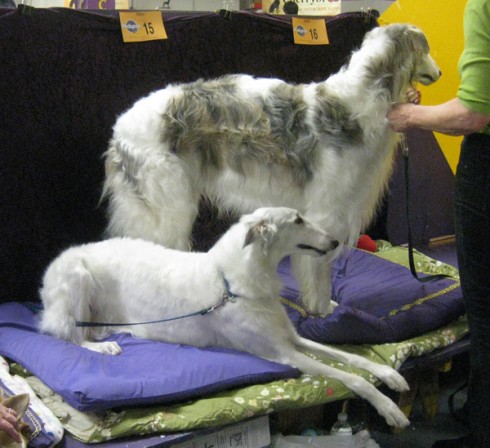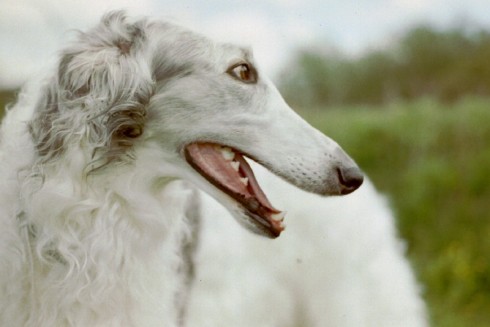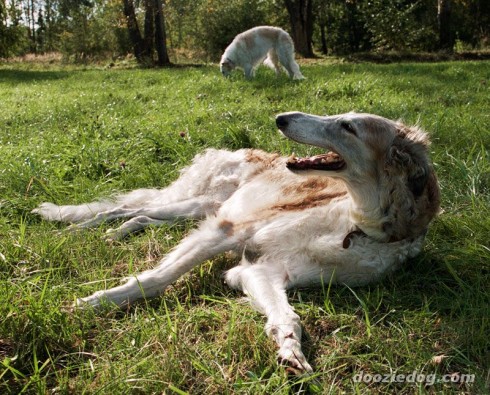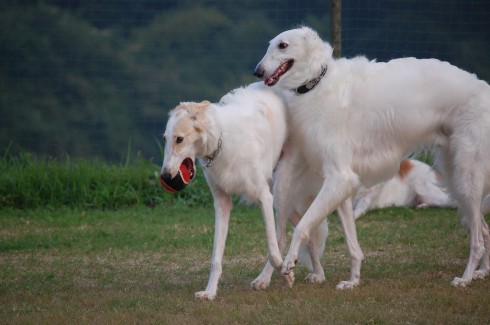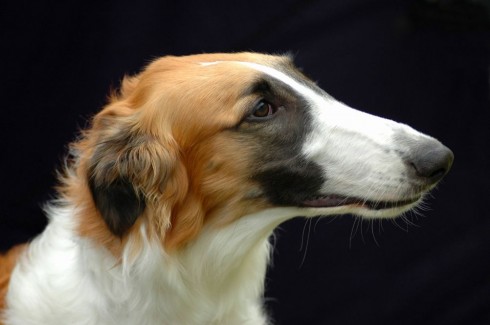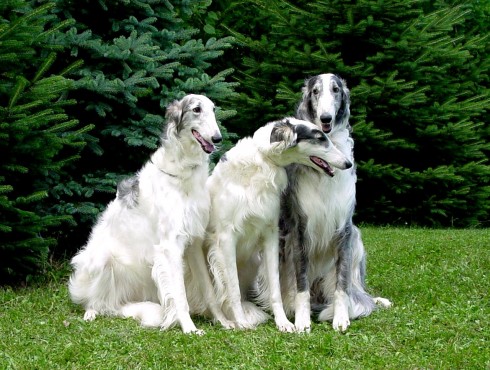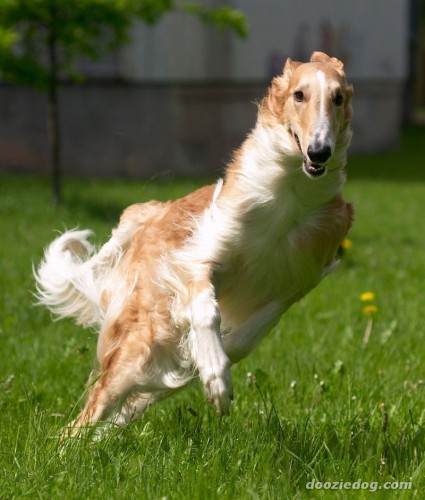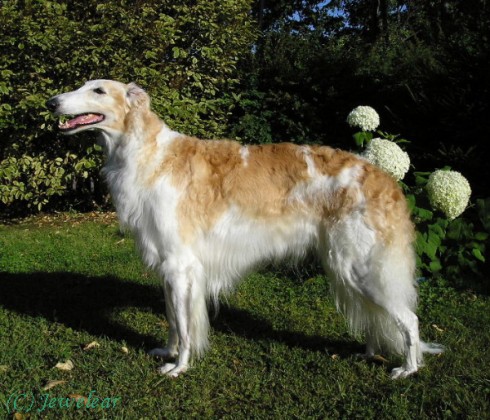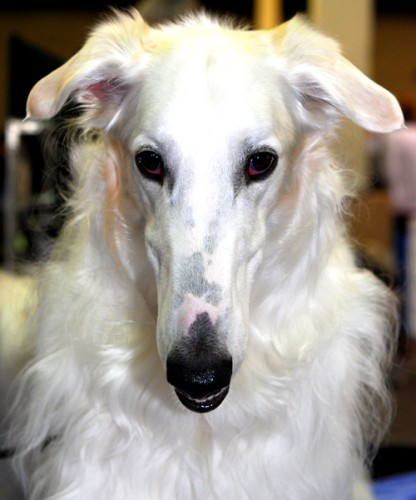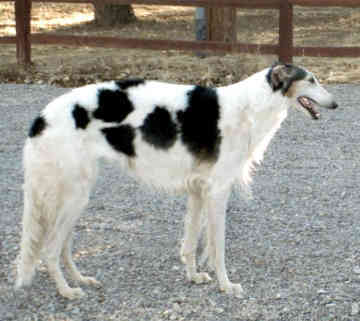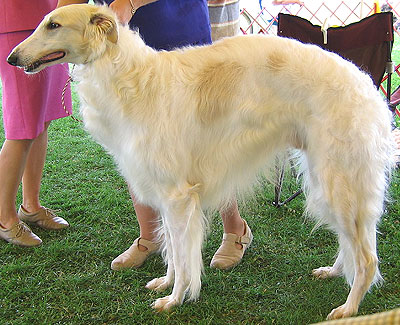Main Index
In Store
Our Web Store
Miniature Schnauzer Picture Gallery
Latest Dog Blogs
- What Are The Basic Commands To Train A Dog?
- PaySafe As The Most Popular Type Of Deposit
- Everything You Need To Know About Pet Sales
- Dogs Contribute To Our Physical And Mental Well Being
- How To Choose Where To Bet On Greyhounds In 2022
- Volunteer With Animals - How To Help Dogs Around The World
- Basic Understanding Of The House Edge
- Why You Should Get A Dog
- Top 20 Popular Dog Names Around The World
- Constipation in Dogs and How to Find Solutions
Borzoi
They have been appreciated for their gentle, dignified manner and their impressive abilities as swift lure coursers. Lure coursing is a sport in which a hound chases after a lure of three plastic bags speeding over a course, or track. Borzois enjoy long runs and cold weather, but are quiet in the house.
Did you know?
The Borzoi originated in 17th-century Russia, when Arabian greyhounds were crossed with a thick-coated, Russian breed.
The Borzoi was once known as the Russian Wolfhound.
In 1650, the first Borzoi standard was written.
So you want to own a Borzoi?
The Borzoi's coat is known to shed.
Borzois require vigorous exercise to keep them in fit condition. Due to their sight hound heritage, Borzois should never be left off a leash or let to roam outside of a fenced yard.
Borzois are very quiet dogs who seldom bark. Although the Borzoi is a large dog, it will happily curl up in a corner very comfortably.
Indicative Breed Standard
General Appearance
Well balanced, graceful, aristocratic, dignified and elegant.
Characteristics
A coursing hound which must be courageous, powerful and of great speed.
Temperament
Sensitive, alert and aloof.
Head and Skull
Head long, lean and in proportion to dog’s size and substance. In bitches head finer than in dogs. Well filled in below eyes. Measurement equal from occiput to inner corner of eye and from inner corner of eye to tip of nose. Skull very slightly domed and narrow, stop imperceptible. Head fine so that bones and principal veins can be clearly seen. Viewed from side, forehead and upper line of muzzle form an almost straight, slightly convex line. Jaws long, deep and powerful; nose large and black, nicely rounded, neither cornered nor sharp. Viewed from above skull should look narrow, converging very gradually to tip of nose. Occipital process very accentuated.
Eyes
Dark with intelligent, keen and alert expression. Almond-shaped, set obliquely and placed well back but not too wide apart. Eye rims dark. Eyes not light, round, bulbous or staring.
Ears
Small, pointed and delicate. Set high but not too far apart. Nearly touching at occiput; when in repose folded back along neck. Should be active and responsive, may be erect when alert, tips sometimes falling over.
Mouth
Jaws strong with a perfect, regular and complete scissor bite, i.e. upper teeth closely overlapping lower teeth and set square to the jaws. Full, strong dentition desirable.
Neck
Slightly arched; reasonably long and well muscled. Free from throatiness, flattened laterally, set at an angle of 50-60 degrees to the longitudinal axis of the body.
Forequarters
Shoulders clean, sloping well back. Muscular but not loaded. Fine at withers but not accentuated. Forelegs clean and straight. Seen from front, narrow like blades; from side, wider at elbows narrowing down to foot. Elbows directed backwards, neither turning in nor out. Pasterns slightly sloping, strong and flexible. Length of forearm nearly equal to half total height at withers.
Body
Chest, ribs of narrow oval cut, great depth of brisket reaching to elbows, giving great heart and lung room, especially in mature dogs. Breastbone slightly pronounced with adequate width between elbows and abdomen very tucked up. Back rather bony, muscular and free from any cavity, rising in a graceful curve with well balanced fallaway. Highest point of curve is situated over last rib. Curve is more pronounced in dogs than bitches. Loins broad and very powerful with plenty of muscular development. Fallaway long and well muscled. Width between hip bones at least 8 cm (3 ins).
Hindquarters
Quarters wider than shoulders, ensuring stability of stance. Thighs long, well developed with good second thigh; hindlegs long and muscular; stifles well angulated, hocks broad, clean and well let down. Posterior line of hock vertical. Seen from side, legs slightly set back.
Feet
Front feet oval, toes close together, well arched over strong, thick pads, turning neither in nor out. Hind feet hare-like, i.e. longer and less arched.
Tail
Long, rather low set, when measured between thighs reaches up to top of nearest hip bone. Well feathered, carried low in a graceful curve. From level of hocks may be sabre- or slightly sickle-shaped but not ringed. In A not rising above level of back.
Gait/Movement
Front, straight with long reach, pasterns springy. Hind, straight with powerful driving hocks. Moving wider than front. Viewed from side, appearance in action should be that of effortless power.
Coat
Silky, flat, wavy or rather curly (but never woolly). Short and smooth on head, ears and front of legs; much longer on body with heavy feathering on backs of legs and hindquarters, tail and chest. Neck carries a large curly frill. More profuse in dogs than bitches.
Colour
Any colour acceptable.
Size
Minimum height at withers: dogs: 74 cms (29 ins); bitches: 68 cms (27 ins).
About Our Article Directory
- Article
- 27 November 2010
- 2 comments
Ten Least Intelligent Breeds of Dog
- Article
- 20 November 2010
- 1 comment
Canis lupus familiaris
- Breed Article
- 29 May 2010
- No comments
Quick Search
Donate
Latest Dog Pods
- Tips on How to Stop Your Dog from Biting
- Beware - Not All Advertised Dog Rescues Really Are! How Can You Know The Truth?
- Helpful Tips For Dog Obedience Problems
- How to Keep Dogs From Eating Poop
- Dog Grooming Tips - A General Overview of the Very Basics of Dog Grooming
- Recognising Different Types of Dog Obedience Problems
- 5 Important Tips On Feeding A Puppy


